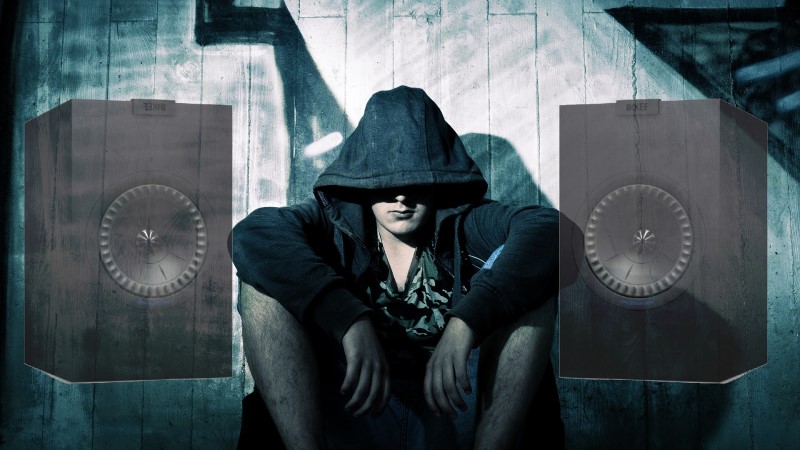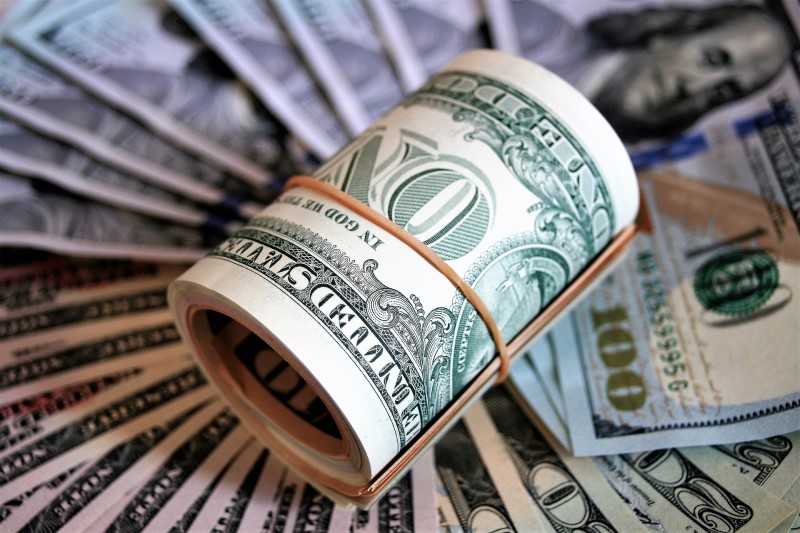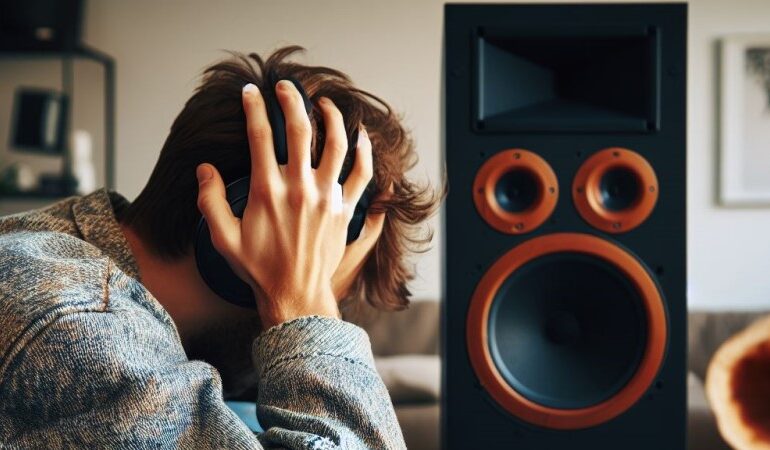New Speakers – Can I Play Them Loud Right Away or Should I Wait?
I have been an AV Enthusiast since the ’90s, and I while I don’t consider myself an expert, I know some stuff. This means that I have come across my share of audiophile myths that just refuse to die, despite our best attempts to kill them. Case in point, new speakers – can I play them loud right away or should I wait? This is referred to as speaker break-in (also called burn-in). You’ll find people either asking about it or suggesting it is a thing. But is it? Let’s discuss.
What Is Speaker Break-In?
Speaker break-in is when you play a brand-new speaker, or headphones at 50-70% of its max volume for 20-100 hours before subjecting it to loud or dynamic volumes.

The logic behind this “break-in” time is that the materials in the woofers, voice coils, surrounds, etc. need to slowly break in before you subject them to the extreme dynamics of music or movies. Plus, as the materials break in, the speakers will begin to reach “their full potential”.
And it’s not just speakers that this myth follows. I have seen articles extolling the virtues of break-in/burn-in for speaker wires (I am rolling my eyes), amps, DACs, and all manner of audio gear. All are claiming that you need to slowly work in your new gear to reach its “full potential”.
Where Did The Speaker “Break-In” Myth Come From?
Speaker manufacturers, of course. I just purchased a new set of speakers a couple of years ago. Right in the manual it states: “Break-In – Although XXX speakers sound great “out of the carton,” they will sound even better when broken in. Allow them to operate for several hours before you listen critically.” While it doesn’t say upwards of 100 hours, they still wrote a heading about a break-in period!
It’s not just limited to one brand of speakers. I’ve seen that line in different manuals through the years. Despite the lack of objective tests to show that a speaker will fail if played loudly right away, it persists. Even worse, it’s been picked up by Audiophiles and is now one of their most sacred truths, right next to “I can hear a difference in speaker cables!”

And for those who claim that a speaker only “opens up” after a break-in period, I call BS. Every bit of credible research shows that there are no objective changes in a driver after the first few seconds of play. The components don’t get more compliment or loosen up. A surround doesn’t magically get progressively softer and more pliable, and then at 101 hours stops.
It’s more likely that your ears (and brain) have become accustomed to the sound of your new speaker. Not that it magically became warmer, or more detailed after 100 hours of break-in. Again, new speakers – can I play them loud right away or should I wait? Play ’em loud!
Can A Speaker Fail If Played Loudly Too Soon?
Highly unlikely. There is always a chance that some of the adhesives used to bond materials are weak or not applied properly and that a sudden excursion of the speaker causes it to fail. However, waiting 50 hours to do that won’t change the fact that the bond was weak. Remember, those speakers sat in a box and the adhesives cured. With speakers, they either work or they don’t.

Some strong supporters of the break-in myth use an analogy akin to warming up our bodies. They say that stressing a cold muscle suddenly could cause a tear. I think this is silly. We don’t play our speakers for 20 minutes before we fire on a movie. Allowing a speaker to break in isn’t remotely close to warming up a muscle.
Heck, one very popular subwoofer manufacturer states that their subwoofers are designed to work (once set up in your room) properly, right out of the box. You would think that if any speaker would benefit from a break-in period, it would be a subwoofer that is designed to move dynamically.
Is There Any Harm In Breaking-In Speakers?
Not a bit. Just know that there is no benefit either. If it makes you feel better to baby your speakers for 20-100 hours, go ahead. Just know that any benefit will be psychological. On top of this, any decent speaker comes with a warranty, so if it does break, return it. It was a bad speaker to begin with.

Plus, in this day of DSP and modern materials, damaging a speaker by overdriving it would be intentional. Not the result of playing it too loudly out of the box.
Why Do Manufacturers Suggest Break-In?
There are two main benefits to manufacturers in suggesting that the break-in myth is real. The first is that it suggests that you spend some time with their speakers before you try to return them. If they don’t sound good right away, then you just need to listen for a little longer and they will magically get better. The magic? You got around to running your room correction, adjusted your seating position or speaker toe-in, or simply spent enough time with the speakers to give them a fair shake.

Second, and we’ve alluded to this, many speakers and devices come with a warranty. The longer the “break-in” period, the closer to the end of that warranty period you will come. A break-in of 100 hours could be less than a week if you let them play 24/7. For normal use, however, it could be months.
Our Take
With new speakers, can you play them loud right away or should you wait? I think that question has been answered. As I said, I have been an enthusiast since the ’90s and have owned many new sets of speakers over those years. Never once did I “break-in” a set of speakers, and never once did I damage any. Furthermore, I have never come across any proof that someone blew their speakers apart because they didn’t properly break-in their speakers. Go ahead, play those speakers loud right away and spite those audiophiles!


